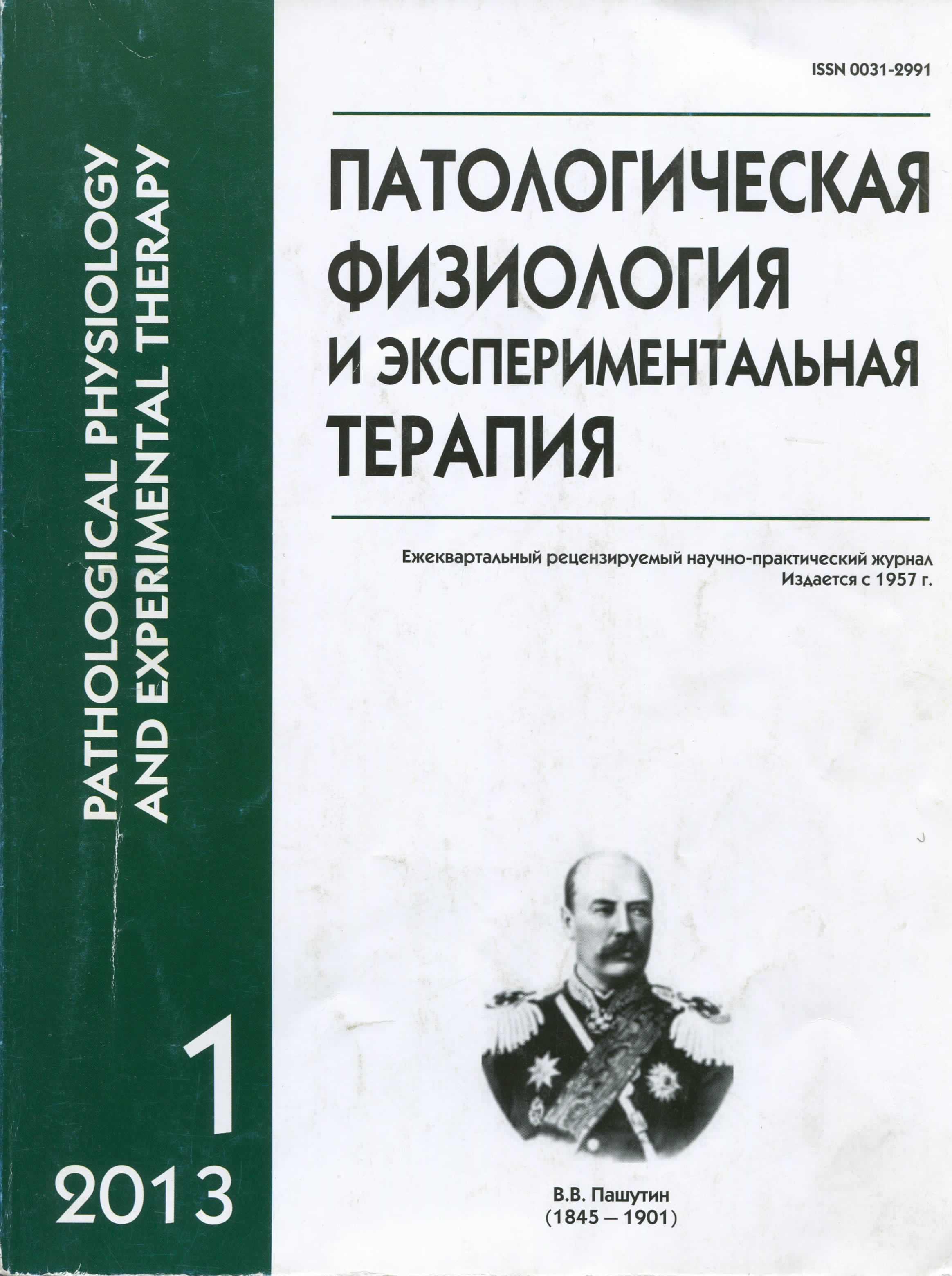The response of cerebral blood flow and systemic arterial blood pressure to hypercapnia and hypocapnia in humans
Abstract
In 11 healthy volunteers 21±3,7 years old was monitored cerebral blood flow (CBF) by transcranial Doppler (TCD) of middle cerebral artery and mean hemodynamic arterial blood pressure (MAP) by continuous non-invasive measurement «beat-to-beat» at normocapnia, hypercapnia and hypocapnia. Hypercapnia was creating by rebreathing, hypocapnia was creating by spontaneous hyperventilation. The partial pressure of CO2 in alveolar air (PetCO2) was monitored by capnograph, embedded in the TCD-analyzer. During hypercapnia the velocity of CBF and PetCO2 were significantly increased already at 10 s, which was considerably earlier than the increase in the MAP (30 s). During hypocapnia velocity CBF and PetCO2 were significantly decreased at 10 s, and MAP was not changed. We have installed the threshold PetCO2 42 (41; 44) mm Hg, below which amplification CBF occurs at a constant MAP and reflects the true cerebrovascular reactivity to CO2.






